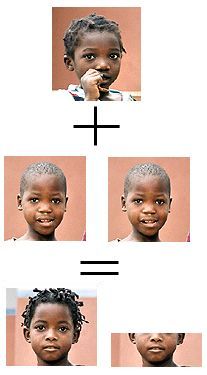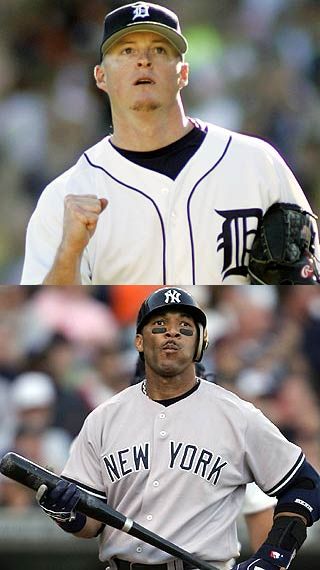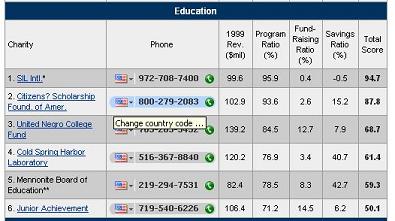
It is true that we want to use logic, math, statistics, estimation, judgment, and every other tool at our disposal, to figure out which charities are actually accomplishing the most good, and it is true that we distrust glossy brochures with heart-rending pictures. That must be where the argument comes from: “Imagine,” says the Straw Man, “that you are considering two charities – one which is shown by charts and statistics to save 5 lives per $100, and another that sends you pictures of the 4 adorable, suffering children your $100 will save. Which would you choose?”

So you’ve got your two pieces of evidence: the crying, suffering, and emotions of the one you love, vs. the dry charts and statistics that show you how to save her life. Which one do you trust? EASY. YOU GET YOUR LOVED ONE TO TAKE THE MEDICINE, EVEN IF IT MEANS CLUBBING HER OVER THE HEAD AND SHOVING IT DOWN HER THROAT. YOU KNOW IT.
It’s when we really care that we find ourselves trusting our brains.

 We’ve written a heck of a lot about what “measurements” should and shouldn’t be applied to charitable work – that’s what we spend a lot of our time thinking about, seeing as how we’re trying to figure out where to donate and all. Here’s a roundup of what we think. It’s a long post, but there’s candy for you: we offer up our actual, defined, concrete metrics for you to look at and think about, rather than sticking to abstract thoughts about whether you can quantify philanthropy (as I predict most others will).
We’ve written a heck of a lot about what “measurements” should and shouldn’t be applied to charitable work – that’s what we spend a lot of our time thinking about, seeing as how we’re trying to figure out where to donate and all. Here’s a roundup of what we think. It’s a long post, but there’s candy for you: we offer up our actual, defined, concrete metrics for you to look at and think about, rather than sticking to abstract thoughts about whether you can quantify philanthropy (as I predict most others will). I think these metrics rock. There is a “click” for me when I read them – “Yeah, that’s what I want out of this charity! Yeah, that matches with common sense! That’s right – if Group A and Group B are both doing microfinance, and if it can actually be shown [forget for the moment that it can’t be] that $1000 leads to 3 sustainably employed people through A and only 2 through B, I feel good about donating to A!” This quality in a metric is far from given, and I think the key is making sure that everything is measured in people fully served. We make no attempt to make a conversion factor between someone whose life improves a little and someone whose life improves a lot – that factor would be arbitrary and would lead to numbers that don’t have clear meaning. Instead, when we start having to decide between fundamentally different ways of improving people’s lives, we stop comparing charities. This way, we can measure everything in terms of people, not any abstraction.
I think these metrics rock. There is a “click” for me when I read them – “Yeah, that’s what I want out of this charity! Yeah, that matches with common sense! That’s right – if Group A and Group B are both doing microfinance, and if it can actually be shown [forget for the moment that it can’t be] that $1000 leads to 3 sustainably employed people through A and only 2 through B, I feel good about donating to A!” This quality in a metric is far from given, and I think the key is making sure that everything is measured in people fully served. We make no attempt to make a conversion factor between someone whose life improves a little and someone whose life improves a lot – that factor would be arbitrary and would lead to numbers that don’t have clear meaning. Instead, when we start having to decide between fundamentally different ways of improving people’s lives, we stop comparing charities. This way, we can measure everything in terms of people, not any abstraction. On the other hand … we’ll never actually calculate a single one of these things.
On the other hand … we’ll never actually calculate a single one of these things. I’ve done an
I’ve done an  In all, I can think of a whopping two activities where money alone will buy you success. 1. Arcade games (the ones where you can continue as long as you have more quarters). 2. Strip clubs. Nothing else comes to mind.
In all, I can think of a whopping two activities where money alone will buy you success. 1. Arcade games (the ones where you can continue as long as you have more quarters). 2. Strip clubs. Nothing else comes to mind. Then you’ve got the bold
Then you’ve got the bold